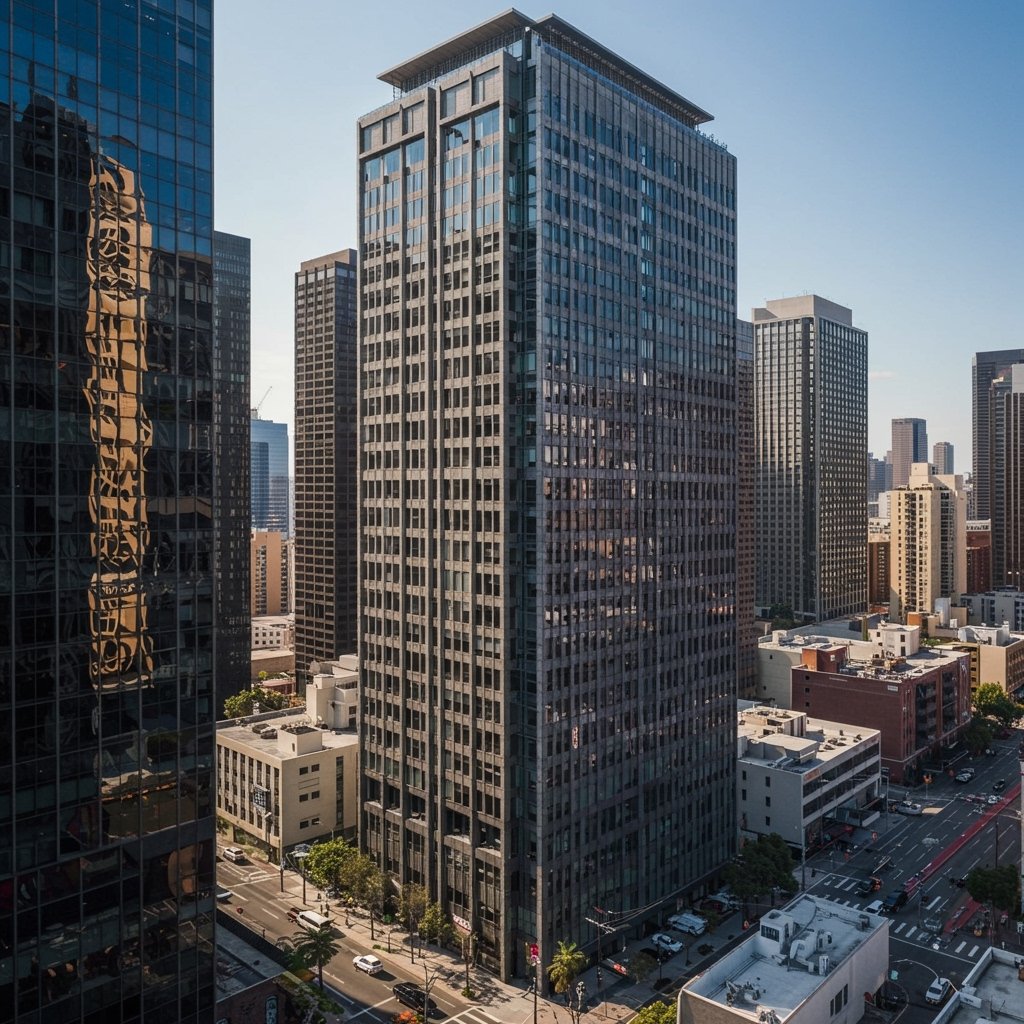Los Angeles, CA – In a decisive move to confront its escalating housing crisis, the Los Angeles City Council today, June 17, 2025, unanimously approved an emergency measure designed to dramatically accelerate the transformation of underutilized commercial and office buildings into much-needed residential housing units. The passage of emergency Ordinance No. 188,541 marks a significant policy shift, championed by figures including Mayor Karen Bass, aiming to streamline the often-arduous development process.
The core objective of the ordinance is to cut through bureaucratic hurdles that have historically slowed down such conversions. City officials estimate that the measure has the potential to reduce the time required for project approval from a typical timeframe of over 18 months to potentially as little as 3-6 months. This expedited timeline is crucial for developers and investors looking to repurpose vacant or struggling commercial properties into viable housing solutions.
Streamlining Development and Waiving Zoning
Ordinance No. 188,541 achieves its accelerated timeline primarily through two key mechanisms: streamlining the complex permitting process and waiving certain zoning requirements in specifically designated areas. While the ordinance applies broadly, it targets key urban centers experiencing high commercial vacancy rates and acute housing shortages.
Prominent among these designated areas are Downtown LA and Koreatown. These neighborhoods, characterized by a mix of aging or underperforming office towers and a severe lack of available and affordable housing, are seen as prime candidates for rapid residential redevelopment. By removing some of the conventional zoning barriers, the city hopes to make conversion projects more financially feasible and logistically simpler, encouraging developers to undertake these complex renovations.
A Direct Response to the Severe Housing Crisis
The emergency nature of Ordinance No. 188,541 underscores the severity of Los Angeles’s housing situation. The city has long grappled with soaring rents, low vacancy rates for residential units, and a significant population experiencing homelessness. Converting underutilized commercial spaces is viewed as a rapid, albeit partial, solution to inject new housing supply into the market without the need for entirely new construction on vacant land, which is scarce within the urban core.
City projections tied to this initiative are ambitious. Officials estimate that leveraging a significant portion of the available vacant commercial space could lead to the creation of an estimated 12,000 new housing units over the next five years. This figure represents a substantial contribution to the city’s housing goals and is seen as a critical step in alleviating pressure on the existing residential stock.
Leveraging Vacancy Rates
The urgency behind the ordinance is also directly linked to current economic conditions affecting the commercial real estate market. Data from Q1 2025 revealed a striking estimated 27.8% commercial vacancy rate specifically within Downtown LA. This high vacancy rate, exacerbated by shifts in work patterns and economic factors, presents a unique opportunity.
Instead of allowing these large, often well-located buildings to sit empty or underutilized, the city is actively encouraging their transformation. The thinking is that repurposing these existing structures is faster and potentially more sustainable than ground-up construction, making it a viable strategy for addressing the housing deficit in the near to medium term. The ordinance is designed to unlock the potential held within this significant percentage of vacant space, turning a commercial downturn into a residential opportunity.
Alignment with State Initiatives
Los Angeles’s action is not occurring in isolation. The emergency ordinance aligns with recent state efforts in California aimed at facilitating adaptive reuse projects. Notably, it complements the objectives outlined in California Senate Bill 1205 (SB 1205), state legislation also focused on encouraging the conversion of commercial properties into housing.
This synergy between local emergency action and state policy provides a stronger framework for developers and local governments. It signals a unified approach from Sacramento to Los Angeles in recognizing the potential of commercial conversions as a tool to combat the statewide housing affordability crisis. The city’s ordinance builds upon the foundation laid by SB 1205, providing specific local mechanisms to implement these goals rapidly.
Path Forward and Potential Impact
The unanimous passage of Ordinance No. 188,541 sends a clear message about the city’s commitment to addressing the housing shortage with urgency. While the ordinance streamlines processes and waives certain requirements, successful implementation will depend on various factors, including developer interest, the suitability of specific buildings for residential conversion, and the availability of financing.
However, the potential impact is significant. By drastically reducing approval times and easing zoning restrictions in key areas like Downtown LA and Koreatown, Los Angeles hopes to unlock thousands of potential housing units. The goal of creating an estimated 12,000 new housing units over the next five years from these conversions represents a critical contribution to easing the severe housing crisis that continues to challenge the city.
The emergency ordinance, effective immediately upon publication, represents a bold regulatory intervention, prioritizing the urgent need for housing over traditional development timelines and zoning rigidity in targeted areas. Its success will be closely watched as Los Angeles navigates the complex intersection of commercial real estate challenges and its persistent housing deficit.





